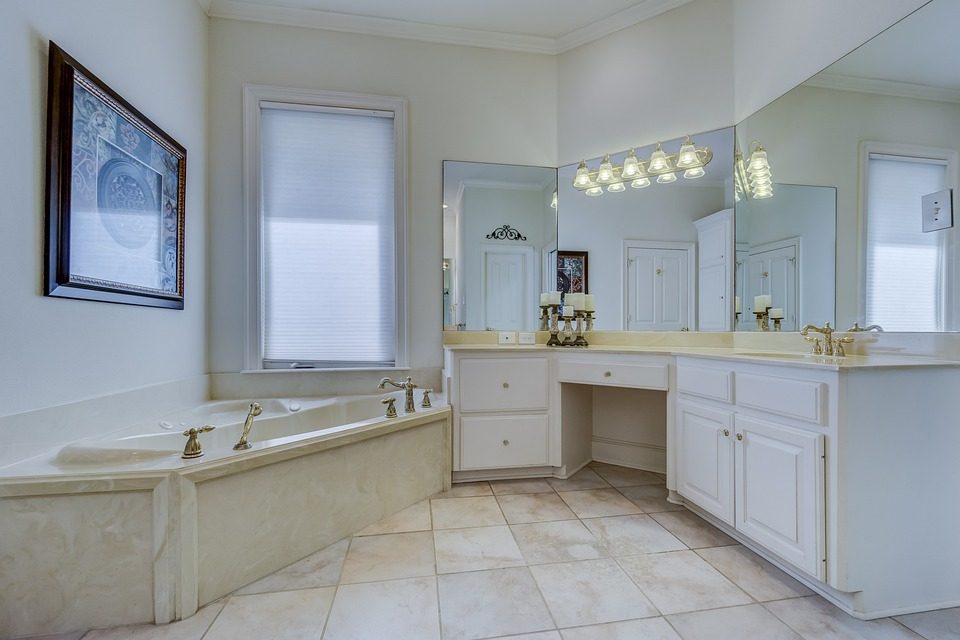So you’ve invested in some beautiful decorative tiles for your bathroom, kitchen, or hallway, and over time they have chipped or cracked.
You may be wondering, “Can I remove a singular tile without ruining the others?”
Well, you can – and it’s quite simple actually.
You Will Need:
- Drill with ceramic tile bit
- Grout Rake
- Hammer
- Chisel
- Brush
- Tile Adhesive
- Adhesive Spreader
- Wall Spacers
- Grout Spreader
- Spirit Level
- Grout Finishing Tool
- Window Scraper
- Sponge
- Masking Tape
- Protective Goggles
Removing the Tile:
- Firstly, place masking tape over the centre of the tile to stop the drill bit from slipping.
- Next, use your drill and ceramic tile bit to drill into the centre of the tile. Make sure you wear protective gloves and goggles as shards of broken tile can be sharp.
- After this remove the tape and then use a grout rake to gently cut away at the grout around the tile. Be careful not to cut through to the wall plaster.
- Now carefully use a chisel to chip away at the tiles from the centre point you just created, taking care of the edges. Use a scraper to remove hardened adhesive from the wall. A hammer and chisel may be necessary if the adhesive is harder to remove.
- Finally brush down the surface to remove dust and to create a clean surface.
Make sure you work upwards, so that you do the lowest tiles first and the highest ones last.
Replacing the Tile:
It’s always best to keep spare tiles for when they break, so you can replace them if need be. Here’s how:
- Take the Tile Adhesive and spread it directly onto the back of your replacement tile.
- Then fit the tile into the gap and push it down into position onto the wall surface.
- If the tile is clearly protruding or is not level remove the tile and add or remove more adhesive to the back.
- Put the tile back in against the wall and secure the tile into position
- Add wall spaces so that your tile stays in position whilst the adhesive dry and an equal space is between them. The spacers should be left protruding from the gaps so they can easily be removed.
- Once the adhesive has dried, remove the wall spacers.
- Using the grout spreader, fill in the gaps between the tiles with grout, working in the grout to the wall spaces.
- Once the grout is starting to dry use a finishing tool to go around the grout lines. This creates a neat finish.
- Now that the grout has dried, use a dry cloth or sponge to remove excess residue from the tiles.
If you are unsure or are still unsure how to do it, make sure you seek help from a professional.
- Overcoming Challenges in the Production of THC Seltzers - 10th May 2024
- The changes in dental marketing - 12th October 2022
- Online aligners or surgery based ones? - 12th October 2022








